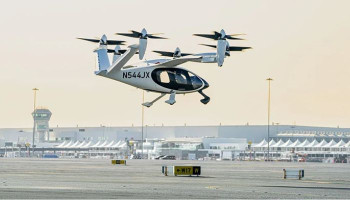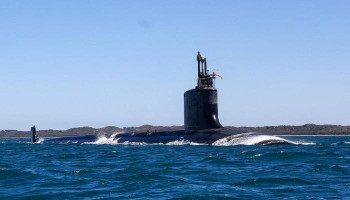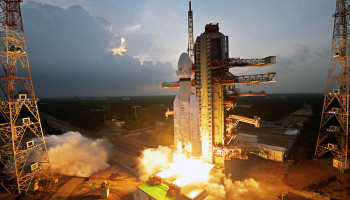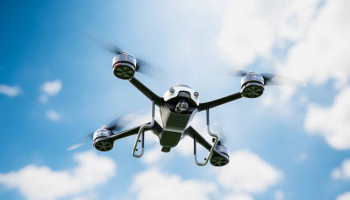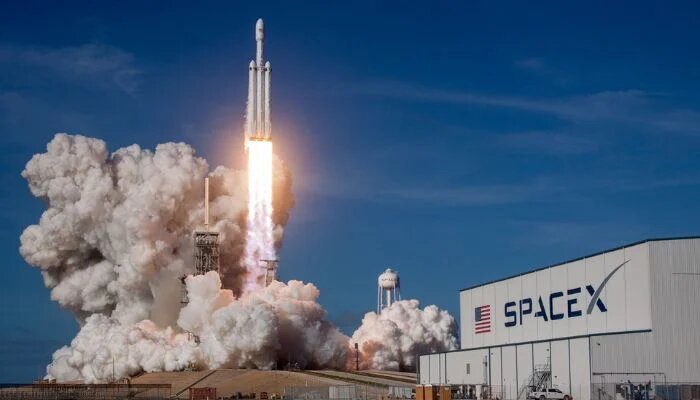
SpaceX successfully launched 20 additional Starlink internet satellites on Monday from Vandenberg Space Force Base in California.
The Elon Musk-owned aerospace company continues to advance its Starlink programme, providing global internet connectivity across the globe through its extensive satellite network.
20 Starlink satellites launched
The Falcon 9 rocket lifted off at 9:53pm local time, carrying 20 Starlink spacecraft out of which 13 were equipped with direct-to-cell technology.
The mission marked a milestone for the Falcon 9's first stage returned to Earth and landed on the droneship in the Pacific Ocean approximately eight minutes after launch.
Read more: Mystery of past — Who moved Skynet-1A and why?
This achievement represented the booster's 20th launch and landing, with 13 flights dedicated to Starlink missions.
Following stage separation, the Falcon 9's upper stage deployed the Starlink satellites into low Earth orbit (LEO) about 62 minutes after the liftoff.
This launch brings the total number of Falcon 9 missions in 2024 to over 100, with approximately two-thirds supporting the expansion of the Starlink network.
According to satellite tracker Jonathan McDowell, the Starlink constellation now comprises more than 6,600 active spacecraft, including 283 direct-to-cell capable satellites.
Furthermore, SpaceX provided a live webcast of the test on X (formerly Twitter) and the official SpaceX website.







